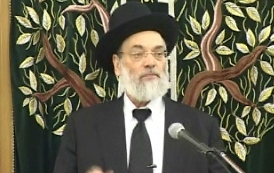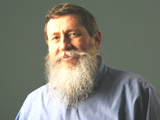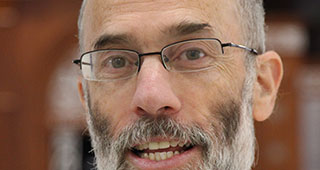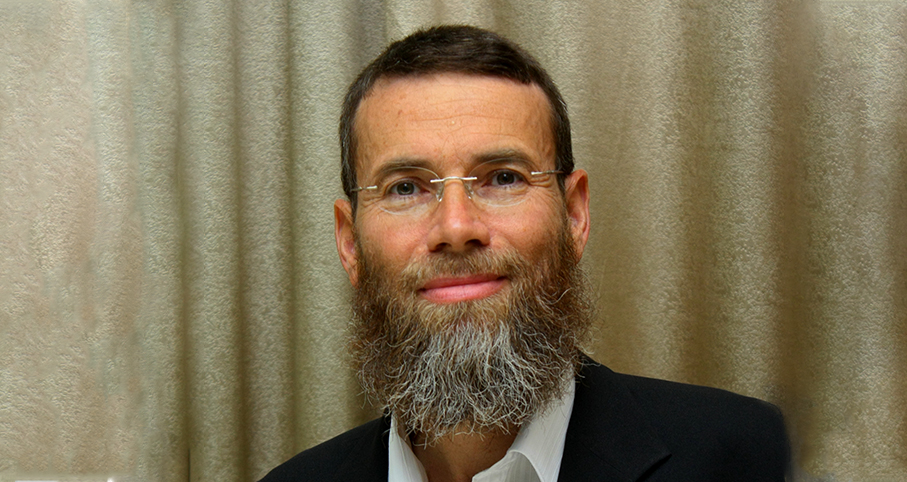Beit Midrash
- Sections
- Chemdat Yamim
- Parashat Hashavua
- Torah Portion and Tanach
- D'varim
- Ki Tetze
Why was she punished so harshly? When a small part of a primitive tool is bent out of shape, the utensil is usually still fully functional. However, when a small part in a complex instrument, in which each part has a special function, is damaged, the utensil can be ruined.
We cannot measure the positive and negative mitzvot of the Torah, but there is much to learn from the consequences they bring on. If the Torah required us to remember Miriam’s punishment, it is apparently so that we should internalize the importance of the sin she perpetrated.
Tzara’at comes from speaking lashon hara (Arachin 15b), and this requires one to live in isolation outside the encampment (Vayikra 13:46). Someone who serves to create disharmony within society and fosters hatred and jealously is best isolated, where he does not spread his practices. There is a special mitzva to be careful with tzara’at (Devarim 24:8), from which we learn the prohibition to cut off flesh that has tzara’at on it (Makkot 22a).
Speech and thought have an impact on the body, and the sin of lashon hara can leave a sign on the body. Impure blood ruins the circulatory system and causes afflictions to the skin. If a person does not have remorse over his actions and accept the consequence of temporary isolation, he may want to just cut off the tzara’at and make believe he never received it. We are affected by those who have this trait, who, on the outside, present themselves as pure when they are not, as they themselves are negatively by it. It is easier to heal a blemish that one can see. When it is hidden, it is most dangerous. Healing must be systemic and not topical; the infection must be eradicated instead of having its sign covered over by cosmetics. To us, only beauty that comes from the inside is of value.
In western society, culture and fancy science are a cover-up for a lot of moral problems, such as animalistic tendencies. If one covers them with nice rhetoric, it just allows the problems to fester beneath.
Sometimes we [apparently speaking to his own beloved community in K’far Haroeh, 1938] suffice with the signs that we show others. We cover our actions and our biggest afflictions with a sign saying that we are religious laborers, an agricultural community of Hapoel Hamizrachi. Sometimes we perpetrate "idol worship" without knowing it because the sign that we place before us covers it. Yes, we worship the work that we do, our agricultural projects … One tends to see all afflictions but his own (Nega’im 2:5). It is better to look within us and compare what is there to what the Torah expects of us. Let us investigate if there is no affliction within, lest we cut off our tzara’at instead of making sure it heals.

























